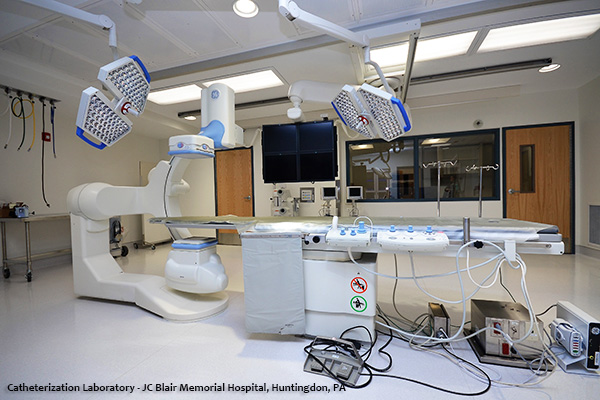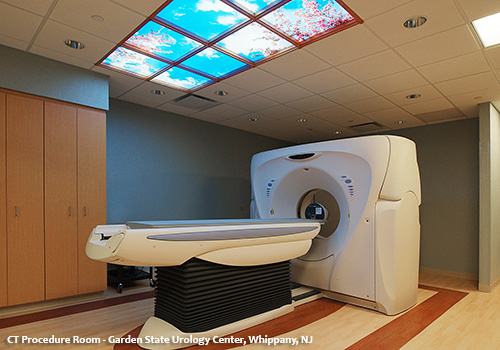Achieving Compliance when the Codes Contradict
To ensure compliance with contradicting codes, the safest route for healthcare facility leaders is to follow the more stringent requirements

At a glance, the various codes regulating healthcare facility design and construction, as well as ongoing facility management, may seem fairly cut and dry. Since code language is meant to be straightforward and to-the-point, clarity is necessary to ensure understanding and compliance. In fact, codes typically reference standards—making standards a requirement, in the process—in order to simplify language.
However, those references to standards don’t always simplify matters. Consider the recent adoption of the 2012 edition of NFPA’s Life Safety Code by CMS. When CMS announced the adoption of the updated Life Safety Code, they also adopted a number of amendments to the code. These “Tentative Interim Amendments” did not go through the complete review and approval process, but are still required for healthcare facilities seeking to comply with CMS. As a result, accurately applying NFPA 101 requires additional reading beyond the well-known Life Safety Code.
This example of added confusion occurs in just one code, but healthcare facilities are regulated by a multitude of national and regional requirements. Accurately applying the appropriate code requirement is rarely a simple task, particularly when it comes to renovating or updating an existing facility—and especially when the codes contradict one another.
Identifying the More Stringent Requirements
Code-making bodies conduct regular updates because design, construction and healthcare are all rapidly changing industries. To limit undue hardship on design, construction and operations professionals, the code writers attempt to set requirements that either regulate areas untouched by other codes or agree with other code bodies’ requirements. Nonetheless, contradictions still occur.
A recent example is NFPA’s new allowance for 6-inch projections into healthcare corridors. This was one of a number of changes regulating corridors. Many healthcare facility managers were thrilled to see the allowance expanding hallway projections from the traditional 4 inches to 6 inches.
However, facility managers focusing only on this new allowance are missing the bigger picture. To achieve ADA (Americans with Disabilities Act) compliance, handrails, wall-mounted devices and other structures are still limited to a 4-inch projection into corridors. While NFPA may be looking forward to a time when ADA updates its requirements, healthcare facilities today are still bound by the more stringent 4-inch projection limits.
When a clear contradiction such as this one occurs, complying with the more stringent regulations prevents any risk of citation for a deficiency. In other cases, however, the contradictions are less clear.

Expect Help in Making Building (or Facility) Design Decisions
Some code conflicts are less obvious and may require a greater degree of interpretation from healthcare design and facility management professionals.
Consider, for example, that both NFPA and the IBC regulate the mounting height of fire alarm strobe devices on the wall. NFPA mandates that these devices be installed at a set height based on the flasher device while the IBC sets the installation height according to the center line of the strobe device. In this instance, it may be more difficult to determine which requirement is, in fact, more stringent.
Cases such as this one are a good reminder that facility managers don’t need to have complete insight into the codes, as long as they have strong resources available to provide this insight.
Many device manufacturer representatives, designers, contractors and other third-party experts are dedicated to tracking and actively working to change or improve the various codes. These experts can be a valuable resource for facility managers who need a definitive answer into a specific code requirement. When talking with these third-party experts, it’s important to ensure their perspective encompasses all applicable codes. It’s also important to consider what additional systems may be impacted by any changes to one device or system.
Using Available Resources and Code Clarity
To ensure compliance with contradicting codes, the safest route for healthcare facility managers is to follow the more stringent requirements. Although, when the choice is not so simple, the healthcare building designers, engineers and contractors can serve as valuable resources to answer questions about how a change may impact the building’s ability to meet code compliance. These experts can prove especially valuable when interpreting more ambiguous healthcare building compliance requirements, as we’ll see in the next chapter.
Please view and download JPT's Executive Guide to read more content pertaining to the complexity of healthcare facility compliance.